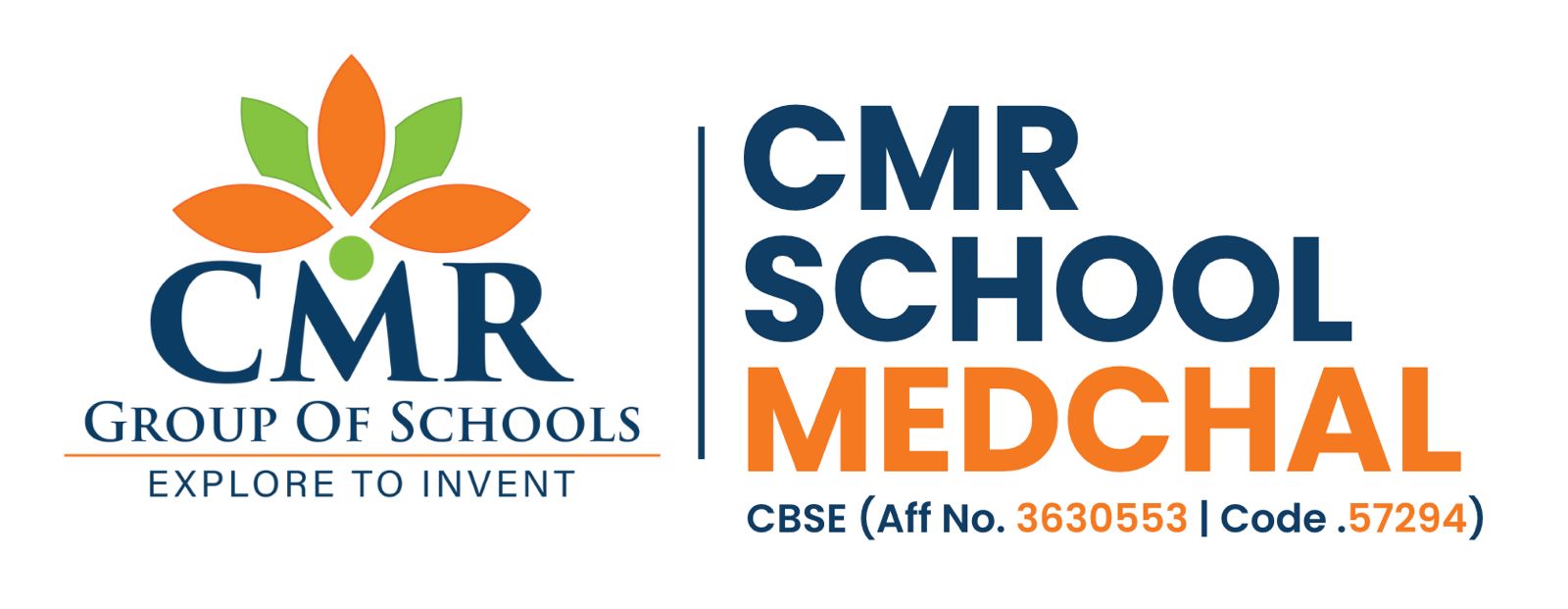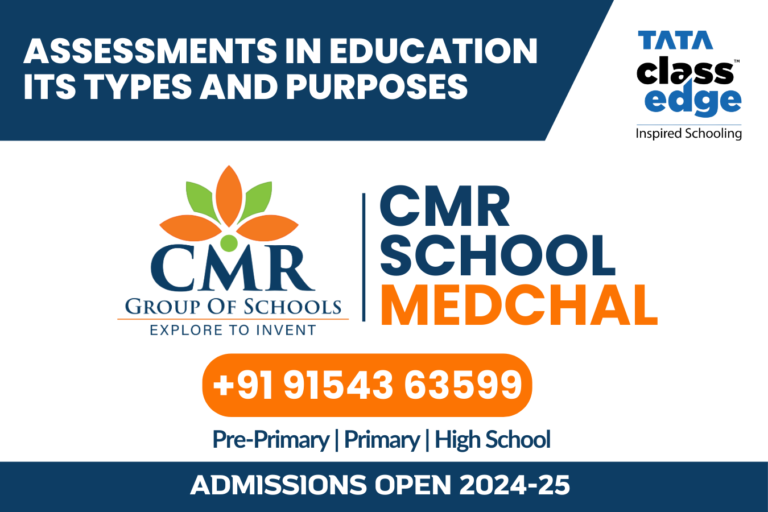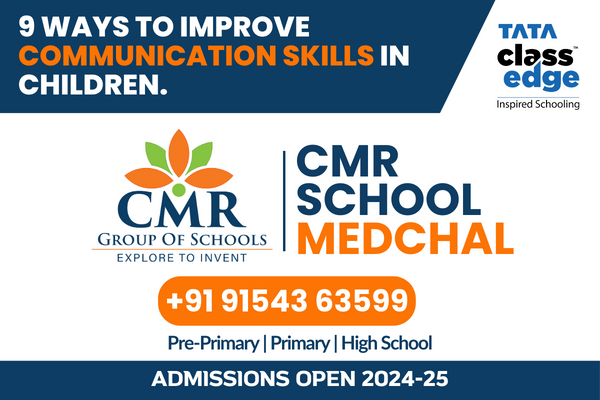Assessments-in-education-its-types-and-purposes
Assessments play a crucial role in the educational landscape, providing valuable insights into student learning, instructional effectiveness, and curriculum efficacy. At CMR School Medchal, we understand the importance of various assessment types and their purposes. This article explores the different types of assessments and their significance in education.
Table of Contents
| Sr | Headings |
|---|---|
| 1 | Introduction to Educational Assessments |
| 2 | Formative Assessments |
| 3 | Summative Assessments |
| 4 | Diagnostic Assessments |
| 5 | Benchmark Assessments |
| 6 | Interim Assessments |
| 7 | Performance-Based Assessments |
| 8 | Portfolio Assessments |
| 9 | Standardized Assessments |
| 10 | Self-Assessments and Peer Assessments |
| 11 | The Purpose of Assessments in Education |
| 12 | Balancing Different Types of Assessments |
| 13 | Challenges and Considerations |
| 14 | The Future of Educational Assessments |
| 15 | Conclusion |
1. Introduction to Educational Assessments
Assessments are essential tools in education, serving multiple functions from measuring student progress to guiding instructional strategies. They help educators understand what students know, what they need to learn, and how best to teach them. But what types of assessments exist, and what purposes do they serve?
2. Formative Assessments
Key Points: Formative assessments are conducted during the learning process. They are typically informal and aim to provide immediate feedback to students and teachers. Examples include quizzes, classroom discussions, and practice exercises.
Benefits: These assessments help identify students’ strengths and weaknesses, allowing teachers to adjust instruction accordingly. They encourage continuous improvement and support personalized learning.
3. Summative Assessments
Key Points: Summative assessments occur at the end of a learning period, such as a unit or course. Examples include final exams, end-of-term projects, and standardized tests.
Benefits: These assessments evaluate overall student learning and mastery of content. They are often used for grading purposes and to measure educational outcomes at a broader level.
4. Diagnostic Assessments
Key Points: Diagnostic assessments are used to identify students’ prior knowledge, skills, and learning gaps before instruction begins. Examples include pre-tests and skill assessments.
Benefits: They provide a baseline for understanding students’ starting points, allowing for tailored instruction that addresses specific needs and learning deficits.
5. Benchmark Assessments
Key Points: Benchmark assessments are periodic tests that measure students’ progress towards meeting specific standards. They are often administered several times throughout the academic year.
Benefits: These assessments help track progress over time, ensuring that students are on track to achieve learning goals. They inform instructional planning and intervention strategies.
6. Interim Assessments
Key Points: Interim assessments are administered at regular intervals during the school year. They provide information on student learning relative to specific curriculum benchmarks.
Benefits: These assessments offer timely data that can be used to adjust teaching strategies and provide additional support where needed. They help monitor academic growth and achievement.
7. Performance-Based Assessments
Key Points: Performance-based assessments require students to demonstrate their knowledge and skills through complex tasks, such as projects, presentations, and experiments.
Benefits: These assessments promote critical thinking, problem-solving, and real-world application of knowledge. They encourage deeper learning and student engagement.
8. Portfolio Assessments
Key Points: Portfolio assessments involve the collection of student work over time, showcasing progress, achievements, and reflections. They can include essays, artwork, and other projects.
Benefits: Portfolios provide a comprehensive view of student learning and growth. They emphasize the development process and allow for self-assessment and reflection.
9. Standardized Assessments
Key Points: Standardized assessments are uniform tests administered and scored in a consistent manner. Examples include SATs, ACTs, and state achievement tests.
Benefits: These assessments allow for comparison across different student populations and schools. They provide data for accountability and policy-making.
10. Self-Assessments and Peer Assessments
Key Points: Self-assessments involve students evaluating their own work and learning processes. Peer assessments involve students reviewing and providing feedback on each other’s work.
Benefits: These assessments promote metacognition, self-regulation, and collaborative learning. They help students take ownership of their learning and develop critical evaluation skills.
11. The Purpose of Assessments in Education
Assessments serve multiple purposes in education, including:
- Informing Instruction: Providing data to tailor teaching methods and materials.
- Measuring Learning: Evaluating student progress and achievement.
- Guiding Curriculum Development: Ensuring alignment with learning standards.
- Identifying Needs: Detecting areas where students need additional support.
- Accountability: Holding schools and educators accountable for student performance.
12. Balancing Different Types of Assessments
Key Points: A balanced approach to assessment incorporates various types, ensuring a comprehensive evaluation of student learning. Combining formative, summative, diagnostic, and performance-based assessments provides a well-rounded understanding of student progress.
13. Challenges and Considerations
Key Points: Implementing effective assessments comes with challenges, such as ensuring fairness, avoiding teaching to the test, and managing time constraints. It is essential to address these issues to maintain the integrity and effectiveness of assessments.
14. The Future of Educational Assessments
Key Points: The future of assessments may involve more adaptive testing, technology integration, and personalized learning experiences. Innovations in assessment methods will continue to evolve, aiming to better meet the needs of diverse learners.
15. Conclusion
In conclusion, assessments are indispensable tools in the educational process, offering valuable insights and guiding instructional strategies. At CMR School Medchal, we strive to utilize a variety of assessment types to support and enhance student learning. By understanding and implementing these diverse assessment methods, educators can provide a more effective and personalized educational experience.
Admissions Open for 2024-25
Phone: +91 91543 63599
Website: CMR School Medchal
Location: CMR School Medchal, Medchal, Hyderabad, Telangana 501401
Frequently Asked Questions (FAQs)
Q: What are the main differences between formative and summative assessments?
A: Formative assessments are ongoing and provide immediate feedback during the learning process, while summative assessments evaluate overall learning at the end of a period.
Q: How can diagnostic assessments benefit my child?
A: Diagnostic assessments identify your child’s current knowledge and learning gaps, allowing for tailored instruction that meets their specific needs.
Q: Why are performance-based assessments important?
A: They promote critical thinking and real-world application of skills, encouraging deeper understanding and engagement in learning.
Q: How do benchmark assessments help track student progress?
A: They measure progress towards standards at regular intervals, providing data to ensure students are on track to meet their learning goals.
Q: What role do self-assessments and peer assessments play in education?
A: They help students develop self-regulation and critical evaluation skills, promoting ownership of their learning and collaborative improvement.






